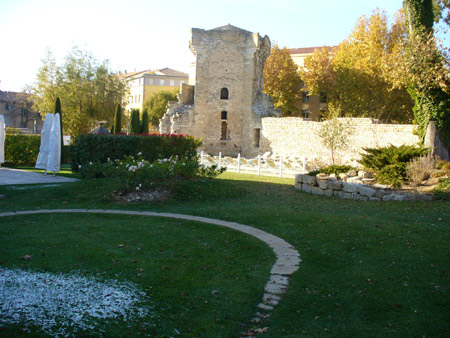 When we arrived in Aix the next morning there were still patches of snow in the shade, as seen in the lower left. The weather seems not to have affected the flowers, which were still colorful.
When we arrived in Aix the next morning there were still patches of snow in the shade, as seen in the lower left. The weather seems not to have affected the flowers, which were still colorful.
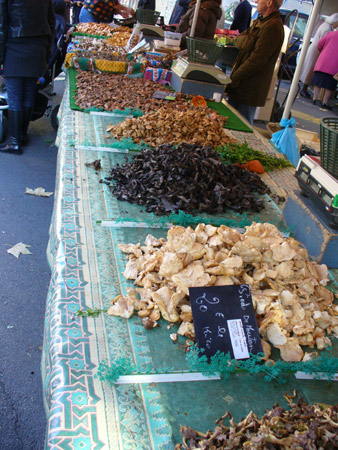
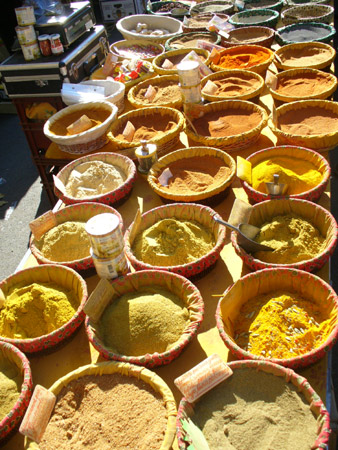
We first went to the market, with many interesting things for sale.
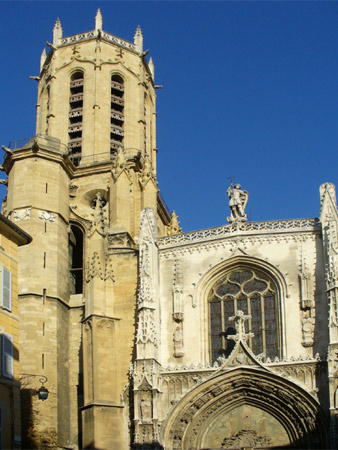 Our walk after lunch began with the St. Sauveur (Holy Savior) Cathedral. Construction of the church proceeded by fits and starts over a millennium, interrupted by war, plague, and political disruptions. The oldest part of the church is the Merovingian baptistery, which dates to 500AD, followed by the Romanesque cloisters. The church features three naves, each in a different style: Romanesque, Gothic, and Baroque. The bell tower (1411) and carved walnut doors (1504) are from the Renaissance era.
Our walk after lunch began with the St. Sauveur (Holy Savior) Cathedral. Construction of the church proceeded by fits and starts over a millennium, interrupted by war, plague, and political disruptions. The oldest part of the church is the Merovingian baptistery, which dates to 500AD, followed by the Romanesque cloisters. The church features three naves, each in a different style: Romanesque, Gothic, and Baroque. The bell tower (1411) and carved walnut doors (1504) are from the Renaissance era.
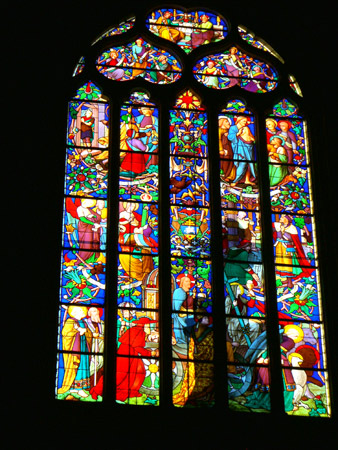

The cathedral had some beautiful stained glass as well as a magnificent organ which we heard being played.


In the main square was a bell tower, built in part with stones salvaged from old Roman buildings. There was also an old Roman column.

Across the square was the old corn exchange, with a pediment representing the two rivers of Provence, The old man Rhone and the Durance.


At one end of the main street, Cours Marabeau, was a statue of the "Good King René" and at the other the LaRotunde Fountain.
After a busy day in Aix, we prepared for a tour to Marseille the following day.
